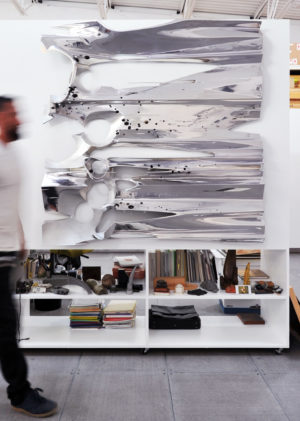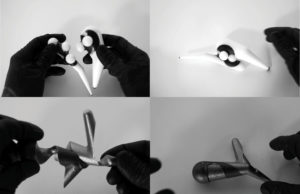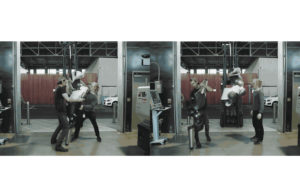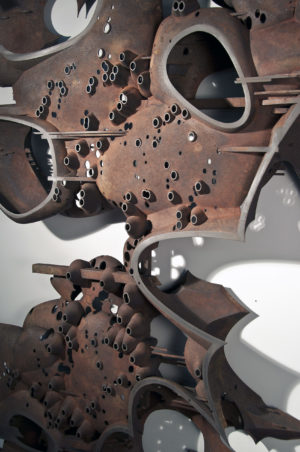September 23, 2020 Magner Named 2020-2022 Tennessee Architecture Fellow

We are pleased to announce the appointment of the 2020-2022 Tennessee Architecture Fellow, Jeremy Magner.
As fellow, Magner will conduct original research, teach and exhibit and present his work. Now extended to a two-year program, the fellowship broadens design education at the university while recognizing emerging design educators whose work shows extraordinary promise.
“Receiving the fellowship is an honor and a rare opportunity,” Magner said. “I see it less as a way to develop my work and more of a unique chance to bring people and places into conversations to contribute to design research.”
Magner is the fifth Tennessee Architecture Fellow. “Jeremy’s work will add vibrantly to the fellowship program, which has made immeasurable contributions to the school’s creative practice and scholarship since 2016,” said Jason Young, professor and director of the School of Architecture. “Part exploration of the southern pine forest, part analysis of the region’s industrial infrastructure, and part research through making, his work will sit at the critical intersection of our regional ecology and the maker culture within the college.”
Most recently, Magner was a lecturer in the College of Architecture and Environmental Design at Cal Poly San Luis Obispo in California, teaching both technology and design classes. He is the founder of enrms, and independent design practice, and collaborator in Maneuverworks, a design and fabrication workshop in Los Angeles.
Over his career, Magner has connected design, fabrication and construction. In 2015, he was selected as an Artist-in-Residence/Affiliated Artist at AUTODESK Pier 9 Workshop and for many years managed project fabrication and design for notable firms including robotics-leader Machineous as well as Gensler, Morphosis and others.
“It’s a particularly intense time in history to be starting this fellowship and teaching design in general,” Magner said. “I hope to use this anxious energy to drive what I do here. I’m excited to connect with students in a way that empowers them to make bold claims in redefining the relevance and value of the discipline.”

With his students, Magner will question how to reconsider structures of power in design practices and institutions.
“In a studio this might mean experimenting with techniques of distributed authorship, mechanical advantage in pre-modern timber construction or studying the system boundaries of regional ecology. The goal is to understand that these matters are deeply interrelated and opportunities for craft,” Magner said.
In his research, Magner focuses on the materials, tools and labor that allow the discipline of architecture to exist and ways designers define a just and equitable outcome of the architectural act beyond the operational efficiency of a building.
“I believe that in the definition of ‘craft,’ we need to include things like raw material harvesting, labor practices, experimenting with new tools and forms and more,” Magner said. “It is important to me that the work reaches out of the institution and the discipline and makes meaningful connections with the region.”
Magner earned a Bachelor of Science in Architecture from the University of Buffalo and a Master of Architecture from Georgia Tech. He worked in Atlanta before heading to the west coast. He is pleased to be back in the south.
“The first thing that stood out to me about the college was how connected and reverent the faculty and students are toward the region and its history,” Magner said. “East Tennessee has an incredibly rich history of cultural, natural and technological entanglements that will really focus my research interests in a unique way, and it’s a part of the country that I have spent some time in. I have been hoping to return for these reasons.”
Shown below is some of the research-related work Magner created during his time at AUTODESK in San Francisco and with the firm, Morphosis in Los Angeles.







